How do you do a vapor barrier in a dense pack cellulose wall?
On the page of your site about dense packed cellulose walls you show an exterior wall with 10" plate & sill and two rows of 2x4 studs. This looks fantastic, but the idea of vapour-permeable membranes on both sides makes me nervous in combination with cellulose. In Ottawa, temp can drop to -25 in winter and reach +30 or more with high humidity in summer. Lots of heat, lots of air conditioning. Are you absolutely sure that no vapour barrier is okay? How do I convince the building inspectors?



















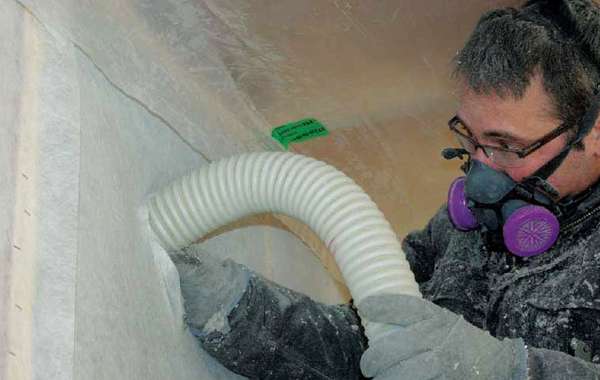

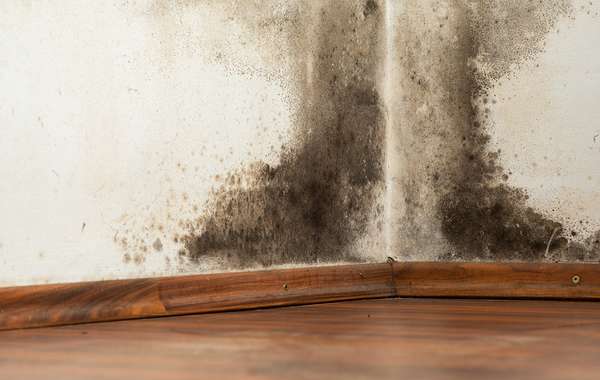
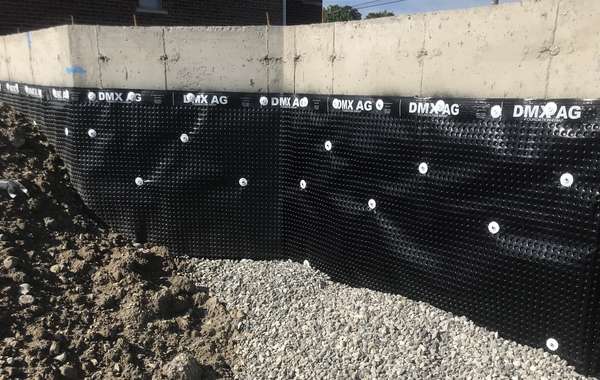

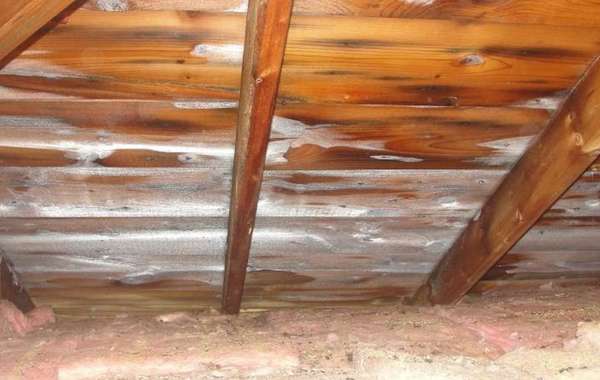
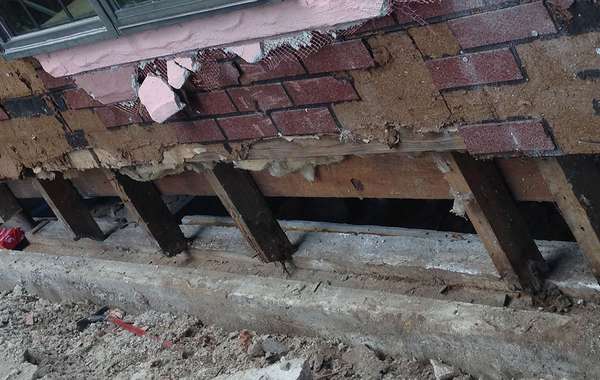
I can see how it doesn’t exactly look like a vapor barrier in the diagram as it is black, but it is one. What you see on the interior of that diagram is the netting that holds the cellulose in place while allowing air to escape during injection, followed by a poly vapor barrier, strapping and drywall. And to be clear, you absolutely need a vapor control layer of some kind on the warm side of the insulation to be compliant with Canadian Building Code.
And worth a mention while we’re on the topic - there has been a pretty big innovation in the injected cellulose industry that makes the netting unnecessary at this point. There are new cellulose guns on the market that suck in air as they inject the cellulose, so there is no longer a massive storm of cellulose particles that need to be contained, and no longer a worry of blowing out the staples holding the membranes together. Instead, you can cut a hole in the poly to access the wall cavity for injection and just seal it up afterwards.
If you’re going with cellulose we would suggest you look for a contractor that has the new gear, and if you haven’t already made decisions on contractors, you could also look into manufacturers of pre-fab walls. The price as well as the quality can often be be better than what can be acomplished on site.
We will be putting up another demonstration house about 45 minutes out of Ottawa starting in a couple of weeks, the walls are also going to be dense-packed cellulose, but they are going to be delivered to the site pre-made.
Hi there Yanni, I'm down here in the USA building a Net Zero home that will be Earth Advantage Platinum & Beyond. I'm intending on using Dense Packed Cellulose in the home and just applied it to the wall cavities in one of the 3 separate studios we are building. It was a mess to say the least! So... I'm very curious and interested for more info regarding these new Cellulose Guns you mentioned that also suck air as the cellulose is blown, eliminating the need for the insulaweb material, as well as vastly reduce the air borne dusty mess. Can you please elaborate or send me a link or two regarding this method & material? Would be greatly apprecaited.
Thank you for your reply. However my comment about the interior vapour barrier was not based on a visual misinterpretation of the image, but on this paragraph on the same page: "However, with greater insulation comes greater risk of condensation because of the longer constant temperatures and the greater temperature differential between inside and out. In this situation, it is recommended to use a semi-permeable retarder on the inside of the wall rather than the traditional 6 mil poly, to allow walls to also dry inwards. This is especially important in homes with air conditioning."
This statement says to use a "semi-permeable retarder" on the inside and NOT to use vapour-proof poly. So I see a contradiction between the info on that page of the site and your reply, unless I am misunderstanding one or the other. The hyperlink in the last few words of the paragraph I've quoted goes to a page showing that vapour barriers seem to cause interior wall rot. My question emphasized the kind of weather we have in Ottawa, so lots of air conditioning in humid weather. (This is perhaps made worse because superinsulating might mean less successful dehumidifying by the A/C because A/C run times would be shorter than in a poorly insulated house, so interior moisture would be worse.)
So I am confused as to what exactly is being recommended. Thank you.
Hi Ian,
Sorry for the confusion, I think we are confusing each other due to subtleties in terminology. When you said ‘Vapour permeable’ I thought you meant the complete absence of any vapour control. Nothing is truly ‘waterproof’, even a 6 mil polyethylene barrier will allow some moisture through. So the term ‘vapour barrier’ is a little misleading, hence my use of the term ‘vapour control layer’. And yes, you need some type of vapour control layer.
I will look over that page to make sure it is clear for the future, but I’ll explain here regardless.
The standard poly vapour barrier that worked fine for decades is now starting to cause problems as home performance improves. The reason is that a better insulated and air tight homes with interior air conditioning can create a significant differential in temperature and humidity from indoors to out compared to homes in the past that rarely had A/C and only had 2x6 or 2x4 walls. So for those hot and humid days, the moisture drive is inwards to a cool dry house and your vapour barrier is effectively on the wrong side. That is where something a little more permeable than 6 mil poly is a good thing, it can be a better year round solution in a climate that varies as wildly by season as central Canada does.
However, it can sometimes be tricky getting a building inspector to sign off on a wall design they haven’t seen before, like for example the house we did a couple of years ago where we used a vapour retarder primer instead of a traditional poly vapour barrier. That may not always fly with inspectors, so its always a good idea to get approval from your ahead of time.
A popular product that I would recommend you look into would be a ‘smart’ membrane like Certainteed 'Membrain', which has pores that open and close depending on moisture levels, so it looks just like the poly that inspectors like to see but it also allows some moisture to escape if needed - or check out this vapor permeable vapor barrier too.
Below is a chart of how materials can be classified differently depending on their moisture permeability. You will find that various products have spec sheets available online that will list their perm ratings to better help you design your wall. Here is a link to the Certainteed Membrane I mentioned. https://www.certainteed.com/building-insulation/products/membrain/